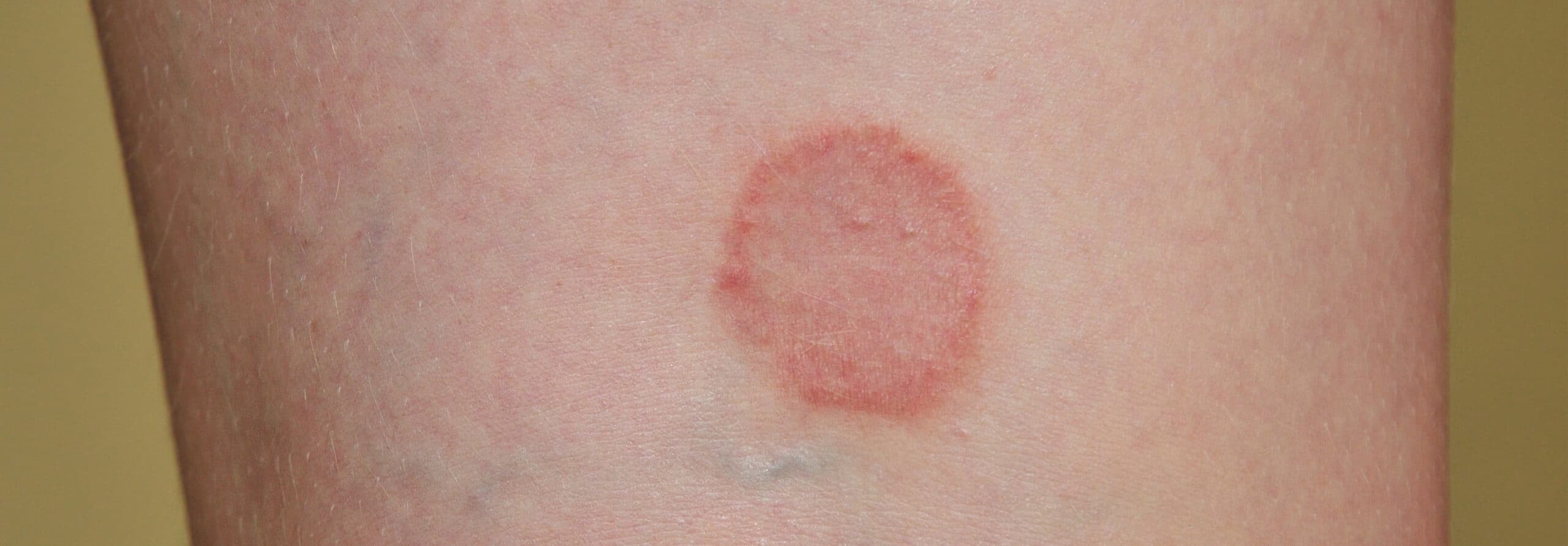Lichen Planus
MEDICAL DERMATOLOGY
What is Lichen Planus?
Lichen Planus is a condition characterized by swelling and irritation in the mucous membranes of the body, as well as the skin, hair and nails. It often appears as pulish itch bumps on the skin and develops over several weeks. In areas related to the mucous membrane, lichen planus presents in the form of lacy white patches. This manageable condition is often treated at home but can require medical intervention when it becomes painful.
Signs and Symptoms of Lichen Planus
The signs and symptoms of lichen planus vary depending on where it is on the body. Signs can include:
- Flat, purplish bumps that appear most often on the inner forearm, wrist or ankle
- Itching
- Blisters that erupt, then scab and crust
- Lacy white patches
- Painful sores in the mouth or on the vagina
- Hair loss
- Change to the color of the scalp
- Nail damage or nail loss
What Causes Lichen Planus?
Lichen planus is caused by the immune system attacking the cells of the skin or mucous membranes. It is not known why the immune system behaves in this way. Lichen planus is not contagious and does not come from a lack of hygiene.
There are some known triggers of the condition, including:
- Hepatitis C
- Flu vaccine
- Certain chemicals
- OTC analgesics
- Some medications
While it can happen to anyone, lichen planus most often appears in women during middle age.
How Lichen Planus is Treated
In many cases, lichen planus can clear up on its own. When it is present in the mucous membranes, it can be more resistant to treatment. Your doctor can advise you on home remedies as well as medical interventions, including:
- Prescription corticosteroids
- Oral anti-infection medication
- Immune response medication
- Antihistamines
- Light therapy
- Retinoids
If you are pregnant or nursing, your doctor may want to avoid retinoids. Whatever intervention you use should be done in careful consultation with your physician.


